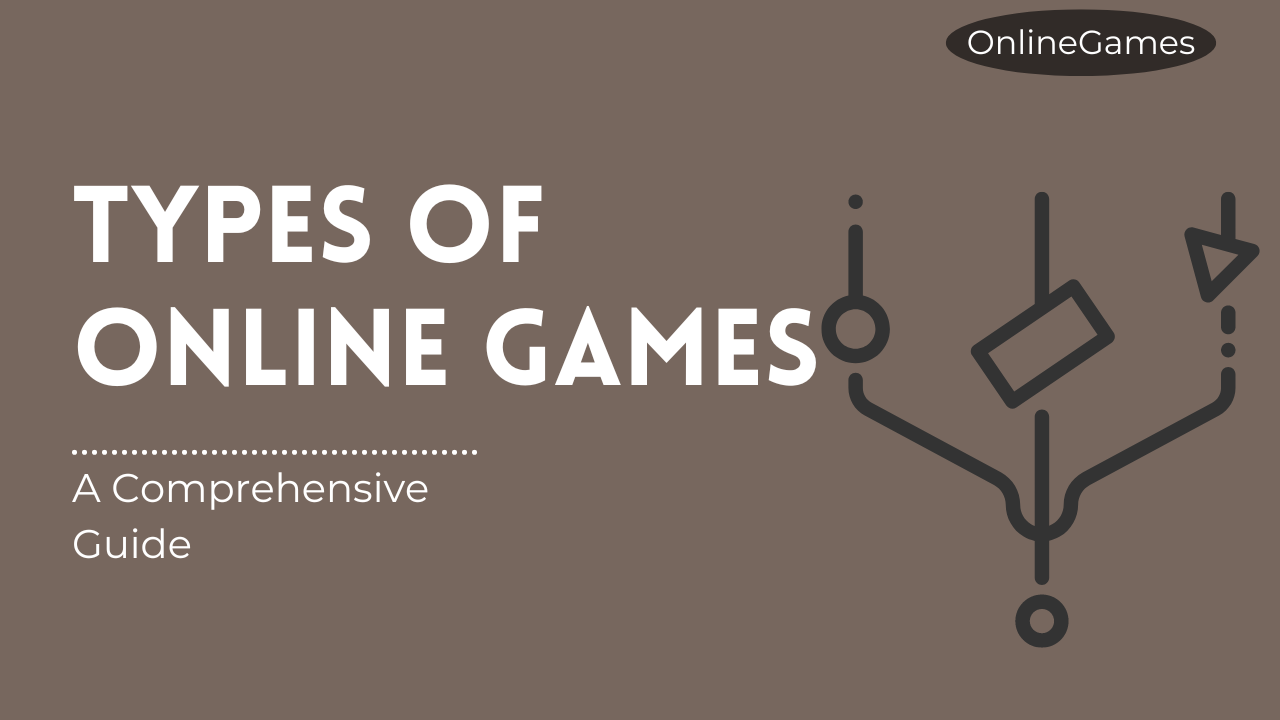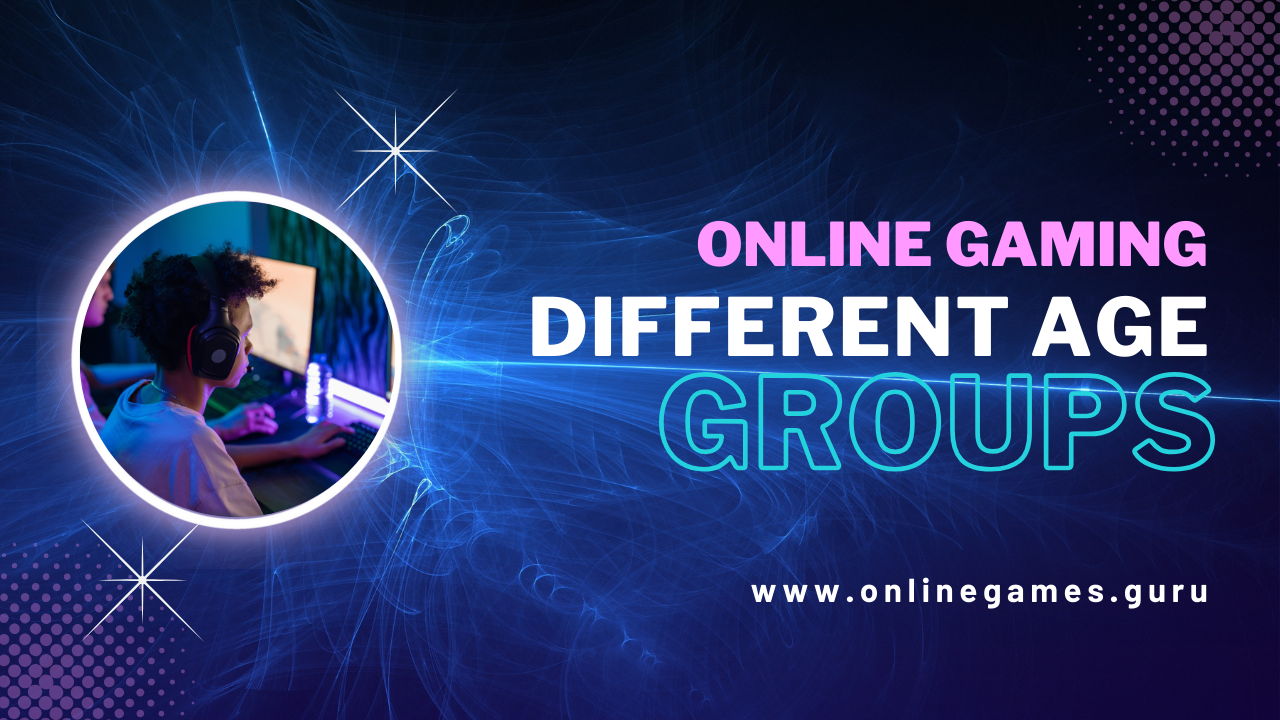Online gaming has become a global phenomenon, offering a vast array of experiences that cater to diverse tastes and preferences. From intense battles in massive virtual worlds to casual games played on mobile devices, the variety of online games is staggering. This article delves into the different types of online games, exploring their unique characteristics, gameplay mechanics, and appeal to players.
1. Massively Multiplayer Online Games (MMOs)
Massively Multiplayer Online Role-Playing Games (MMORPGs)
MMORPGs are games that allow thousands of players to interact in a persistent virtual world. Players typically create characters, complete quests, engage in combat, and collaborate with others.
- Examples: “World of Warcraft,” “Final Fantasy XIV,” “The Elder Scrolls Online”
- Features: Character customization, expansive worlds, complex storylines, and community-driven content.
Massively Multiplayer Online First-Person Shooters (MMOFPS)
MMOFPS games combine the large-scale interactions of MMOs with the fast-paced action of first-person shooters. Players compete in large-scale battles, often with objectives that require teamwork.
- Examples: “PlanetSide 2,” “Destiny 2”
- Features: Large battlefields, real-time combat, team coordination, and a focus on shooting mechanics.
Massively Multiplayer Online Real-Time Strategy Games (MMORTS)
MMORTS games involve strategic planning and resource management on a massive scale. Players build bases, command armies, and engage in large-scale conflicts.
- Examples: “StarCraft II,” “Age of Empires Online”
- Features: Base building, resource management, large-scale battles, and strategic depth.
2. Battle Royale Games
Battle Royale games are competitive multiplayer games where players fight to be the last person or team standing on an ever-shrinking battlefield.
- Examples: “Fortnite,” “PlayerUnknown’s Battlegrounds (PUBG),” “Apex Legends”
- Features: Large maps, survival mechanics, scavenging for weapons and resources, and intense, fast-paced gameplay.
3. Multiplayer Online Battle Arena (MOBA)
MOBA games feature teams of players who compete to destroy the opposing team’s base. Each player controls a unique character with specific abilities.
- Examples: “League of Legends,” “Dota 2,” “Heroes of the Storm”
- Features: Team-based strategy, character roles and abilities, complex maps, and competitive play.
4. First-Person Shooters (FPS)
Online FPS games focus on shooting and combat from a first-person perspective. Players often compete in team-based modes or free-for-all matches.
- Examples: “Call of Duty,” “Counter-Strike: Global Offensive,” “Overwatch”
- Features: Real-time combat, various game modes (e.g., deathmatch, capture the flag), and an emphasis on shooting mechanics and reflexes.
5. Third-Person Shooters (TPS)
TPS games offer a third-person perspective, allowing players to see their characters and surroundings. They often feature both shooting and exploration elements.
- Examples: “Fortnite,” “Gears of War,” “Warframe”
- Features: Tactical combat, character visibility, cover systems, and exploration.
6. Real-Time Strategy (RTS)
RTS games involve managing resources, building units, and commanding armies in real time. Players must think strategically and react quickly to changing situations.
- Examples: “StarCraft II,” “Command & Conquer,” “Warcraft III”
- Features: Base building, resource management, unit production, and large-scale battles.
7. Turn-Based Strategy (TBS)
TBS games involve strategic planning where players take turns to make moves. These games often emphasize careful decision-making and long-term planning.
- Examples: “Civilization VI,” “XCOM 2,” “Total War: Warhammer”
- Features: Turn-based gameplay, strategic depth, and often a focus on building and expanding civilizations or empires.
8. Card Games and Collectible Card Games (CCGs)
Online card games and CCGs involve building a deck of cards to compete against other players. These games often require strategic thinking and knowledge of card interactions.
- Examples: “Hearthstone,” “Magic: The Gathering Arena,” “Gwent”
- Features: Deck building, strategic gameplay, and a focus on card synergy and tactics.
9. Simulation Games
Simulation games mimic real-world activities or environments, allowing players to experience and manage various scenarios or roles.
Life Simulation Games
Life simulation games allow players to control and manage virtual characters and their lives, often focusing on social interactions, careers, and personal development.
- Examples: “The Sims,” “Second Life”
- Features: Character management, social interactions, and customization of life experiences.
City Building and Management Simulation
These games involve designing and managing a city or a complex system, balancing various factors such as resources, population, and infrastructure.
- Examples: “SimCity,” “Cities: Skylines,” “Tropico”
- Features: City planning, resource management, and problem-solving.
Vehicle Simulation
Vehicle simulation games focus on operating different types of vehicles, often with realistic mechanics and environments.
- Examples: “Microsoft Flight Simulator,” “Euro Truck Simulator 2”
- Features: Realistic vehicle controls, detailed environments, and sometimes mission-based gameplay.
10. Sports Games
Online sports games simulate real-world sports, allowing players to compete in various athletic activities, either individually or as part of a team.
- Examples: “FIFA,” “NBA 2K,” “Madden NFL”
- Features: Realistic sports mechanics, team management, and competitive play.
11. Puzzle and Casual Games
Puzzle and casual games are designed to be easy to play and accessible to a broad audience, often focusing on problem-solving and quick play sessions.
- Examples: “Candy Crush Saga,” “Angry Birds,” “Bejeweled”
- Features: Simple mechanics, short play sessions, and a focus on puzzle-solving or casual gameplay.
12. Role-playing games (RPGs)
RPGs allow players to take on the roles of characters in a fictional world, often involving story-driven gameplay and character development.
- Examples: “Diablo III,” “Path of Exile,” “Elder Scrolls Online”
- Features: Character progression, story elements, quests, and sometimes multiplayer interactions.
13. Sandbox and Open-World Games
Sandbox and open-world games provide a large, open environment for players to explore and interact with, often with minimal restrictions on gameplay.
- Examples: “Minecraft,” “Grand Theft Auto Online,” “No Man’s Sky”
- Features: Open-ended gameplay, exploration, building, and a high degree of player freedom.
14. Horror Games
Online horror games focus on creating a frightening atmosphere and often involve survival elements, where players must avoid or combat threats.
- Examples: “Dead by Daylight,” “Phasmophobia,” “Resident Evil”
- Features: Suspenseful gameplay, survival mechanics, and a focus on creating a scary experience.
15. Adventure Games
Adventure games emphasize story-driven gameplay, exploration, and puzzle-solving, often in a narrative-rich environment.
- Examples: “The Walking Dead,” “Life is Strange,” “The Legend of Zelda: Breath of the Wild”
- Features: Storytelling, exploration, puzzles, and character interaction.
The diversity of online games offers something for everyone, from competitive players seeking intense action to casual gamers looking for a relaxing experience. Understanding the different types of online games can help you find the perfect game that matches your interests and play style. As technology continues to evolve, we can expect even more innovative and engaging online gaming experiences in the future.










